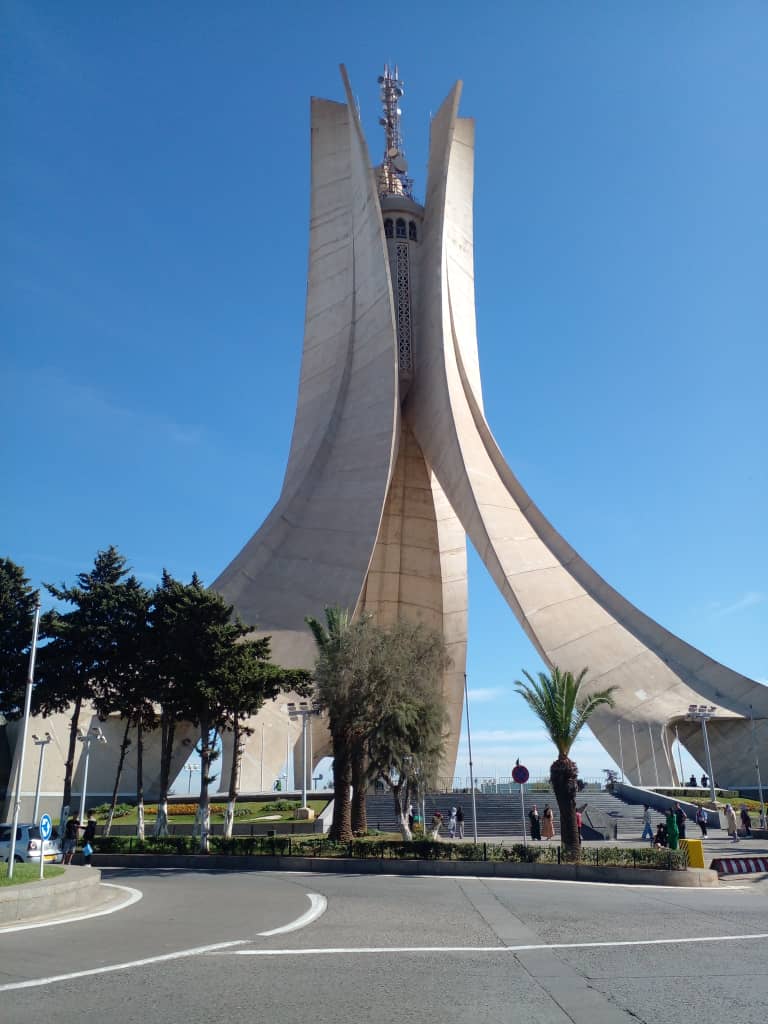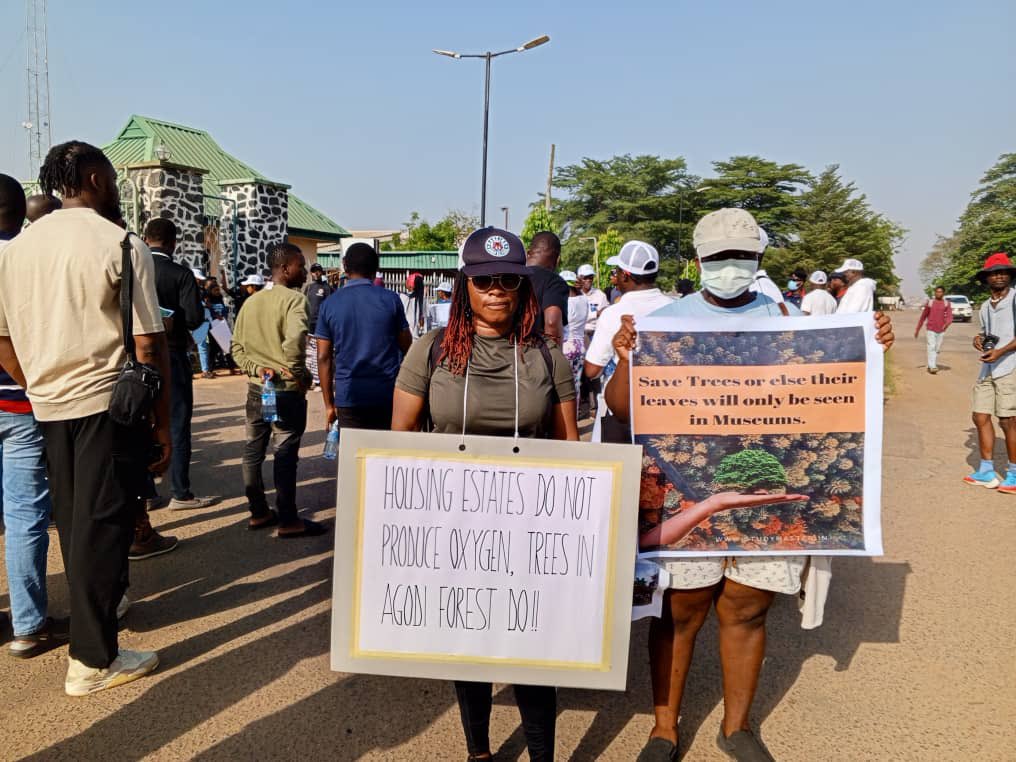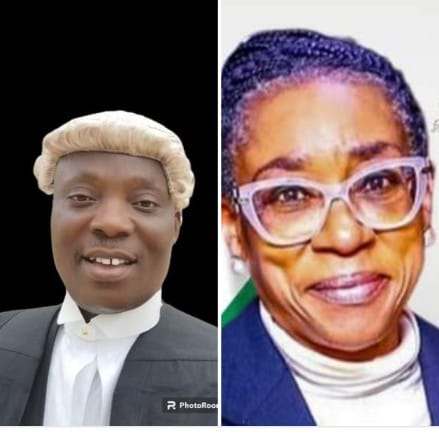Abuja: A movement back in time

By Haruna Penni
I have a small, stubborn image of that day—January 19, 2006—etched into my memory: the International Conference Centre in Garki alive with speeches, laughter, and the measured pomp of a city reflecting on itself. The anniversary of Abuja at 30 was being celebrated by Julius Berger Plc and the Ministry of the Federal Capital Territory. The stage lights found me answering a hail of questions about the city’s making. When I emerged from the gauntlet, I was handed a symbolic golden key to the city. It felt, then and later, like an intimate reckoning: not a legal credential but a seal, of sorts, on the quiet work of knowing a place.
I would learn afterwards that the ceremonial “authentic” keys—honours of the state—had later been presented to visiting heads of state: Germany’s Joachim Gauck in February 2016 and France’s Emmanuel Macron in July 2018. Those events were reported as conferrals of honorary citizenship on behalf of Abuja. My key, small and gleaming, was different: a personal witness to years of memory, inquiry, and insistence.
Before my name ever appeared in the annals of Abuja gatherings, I had been one of the city’s earliest advocates from a desk in Lagos. At the Cabinet Office on Moloney Street, beneath the shadow of Tafawa Balewa Square, I wrote of a capital I had yet to touch. In mid-1991 I moved from NIPOST Headquarters at Lafiaji to the Cabinet Office; months later the machinery that would move a government north began its patient work. In print I called it “The Beauty of Abuja”—a phrase I placed in th defunct National Concord on February 13, 1992, and again in the defunct New Nigerian on February 24. Those essays were the nearest thing I had then to the city itself.
The history of Abuja is edged with decrees, committees and a stubborn national will. In February 1976 the Federal Military Government promulgated Decree No. 6, which created the Federal Capital Territory and set a new chapter for Nigeria’s seat of government. The selection of the site followed the report of a panel chaired by Justice T. Akinola Aguda, which recommended a central, neutral location with a more moderate climate—the qualities that, in their judgment, would make Abuja a unifying capital. Sources record various measures for the territory; the figure often cited is roughly 7,300–8,000 square kilometres—a large swath carved from neighbouring states, with Niger’s Zazzau (Suleja) emirate contributing a significant portion and even the name “Abuja” itself.

Dr. Haruna Penni
No single hand built the vision. The master plan came from International Planning Associates, a consortium of American firms; the monumental heart of the plan—the Central Area—was later detailed by Kenzo Tange and his Urtec team, whose design language gave Abuja a civic dignity that echoed modern world capitals. The city’s rising skeleton was put in place by many contractors—Julius Berger among them—but the list of firms who shaped roads, bridges and neighbourhoods reads like a ledger of ambition.
When the state began to move, people moved with it—not only presidents and ministers, but families, shopkeepers and the literate, who brought books and voices to empty rooms. The Federal Capital’s administration divided the territory into six area councils—Abuja Municipal, Gwagwalada, Abaji, Bwari, Kuje and Kwali—each a pocket of older languages and older lives. Indigenous groups—the Gwari, Bassa, Gbagyi, Gwandara, Ebira and others—kept their crafts and their rhythms. I remember Ushafa and Giri as places where pottery still climbed from the earth like memory: hands shaping clay, women weaving calabashes, the old patterns of life meeting the new grid of streets and districts.
By the early 1990s the city was a quilt of promise and improvisation. The phases of development—Phase 1 with Asokoro, Central Area and Wuse; Phase 2 with Apo and Utako; Phase 3 stretching to Lokogoma—were names we learned like seasons. Addresses were a riddle; when the SGF Press Unit asked me to find Banex Plaza in 1993, I walked Maitama with nothing but a map and a patient official from the FCDA, who had to cross-reference plot numbers before I finally stood on the ground the ribbon would open. Those first urban months were primitive and graceful: a Federal Secretariat here, a temporary ministry there, a cluster of apartments where civil servants slept a few streets from their offices.
There was an evening life to Abuja that surprised many who imagined only offices and embassies. Area 1 shopping complex had a late hum; the FCT Cultural Centre and the press enclave in Wuse offered quieter gatherings; later, makeshift joints found their shape around the city’s edges. For some, the Sheraton axis and NICON Noga were the only acceptable indulgences; for others, the barracks’ mini-markets and disciplined order gave a different kind of sociality—one tethered to the drills and routines of military life that had shaped so many of our early lives.
And then there was the city’s modest literary heartbeat. Opposite the old African Kitchen at Area 1, the first one-storey ANA secretariat—donated by General Mamman Vatsa—served as a quiet magnet where poets read and young writers argued the world into shape. As more authors arrived, I helped declare the Federal Capital Chapter of the Association of Nigerian Authors, an act born less of ambition than of a simple conviction: that Abuja deserved a literary voice of its own.
The Mpape Writers’ Village was a test of that conviction. In 1995 I went to the site and found it occupied by junkies and area boys; they chased me away, mistaking me for law. In 1996 a police signpost stood on the hill and I kept my distance. But in 1997, after patient entreaties and meetings with colleagues—Odia Ofeimun, Chief Audu Ogbe, Denja Abdullahi, Prof. Mabel Evwierhoma and S.S. Na’inna—and a courteous audience with Dr. Bukar Usman in the Presidency, the case for the village was advanced. A memo I drafted—Ref. PS/FMG.NO 33 of January 22, 1997—was processed and the conversation about reclaiming literary space in Abuja moved from rumor to policy.
There are moments when the city rewards stubbornness. The poetry society’s readings and school competitions, the rescue of the Mpape plot, a belated headline here and there—these feel like small lives claimed back from neglect. Things changed further with policy shifts in later years: computerized land registries, new ministries, and controversies that accompanied the city’s rapid growth. Ministers came and went—actors in a long civic play; some names read like a roll call of reformation and dispute. One among them, Nasir Ahmad el-Rufai, served as Minister of the FCT from July 2003 to July 2007 and is often credited with reforms that reshaped land administration and urban control in Abuja.
So, when I hold the memory of that golden key in my mind, I do not weigh it against ceremonial presentations to foreign presidents. It is not a ledger of protocol but a small human recognition: of time spent paying attention, of pages read, of doors knocked upon. If a key can open a city, then perhaps mine opened a corner where words enter the public square—where a writer can say that a capital is not only a set of government buildings but a place whose true architecture is made out of stories.
* Dr. Penni (fANA), a freelance journalist, was a former Information Officer in the Presidency, Abuja, October 26, 2025





